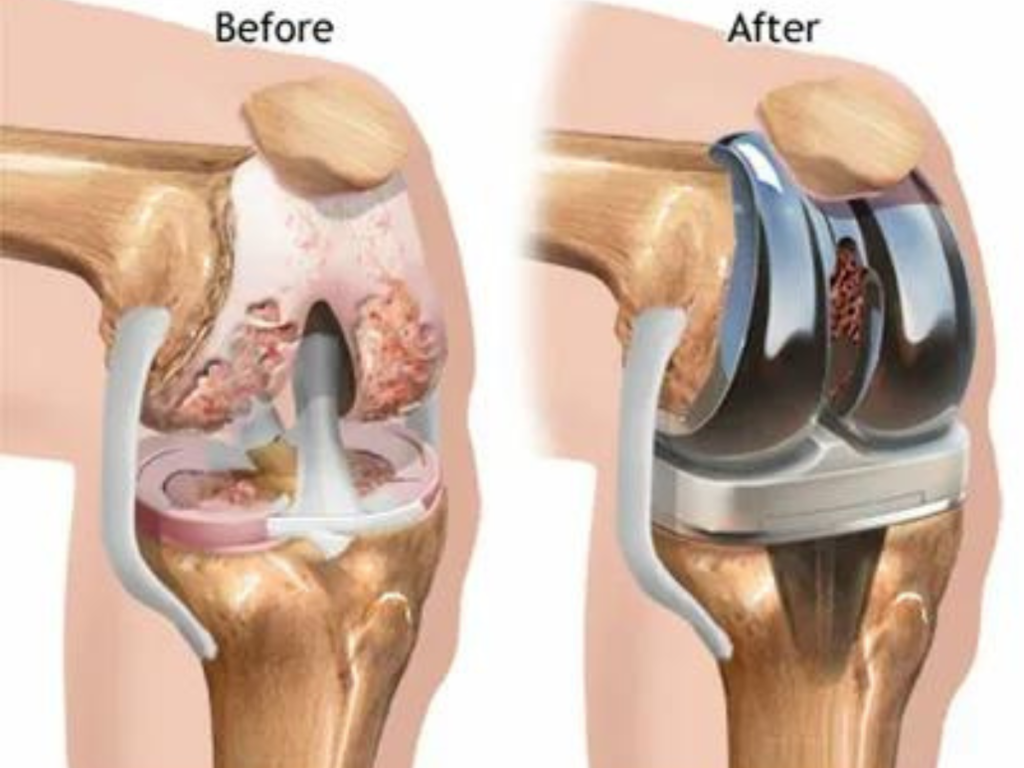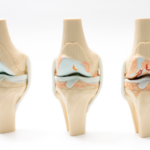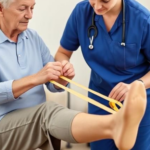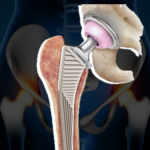
Primary knee joint replacement surgery, also known as total knee arthroplasty (TKA), is a common procedure performed to alleviate severe knee pain and restore function in patients with advanced arthritis or joint damage. Understanding the typical recovery timeline can help patients and caregivers prepare for the postoperative journey and achieve optimal outcomes.
- Immediate Postoperative Period (0-2 Weeks)
- Hospital Stay: Patients usually stay in the hospital for 2 to 4 days after surgery, depending on their overall health and progress.
- Pain Management: Pain medication is administered to manage discomfort during the initial recovery phase.
- Early Mobility: Physical therapists assist patients in walking with a walker or crutches, starting on the day of surgery or the next day.
- Monitoring and Care: Vital signs and wound care are monitored closely to prevent complications like infection or blood clots.
- Weeks 2-6: Early Rehabilitation and Healing
- Home Recovery: Most patients are discharged home after hospitalization, with arrangements for home care or outpatient rehabilitation.
- Physical Therapy: Regular physical therapy sessions begin to improve knee strength, flexibility, and range of motion.
- Gradual Increase in Activity: Patients gradually increase their daily activities, focusing on walking, gentle exercises, and household tasks.
- Monitoring Progress: Follow-up appointments with the surgeon monitor healing progress and adjust rehabilitation goals as needed.
- Weeks 6-12: Continued Rehabilitation and Functional Improvement
- Increased Mobility: Patients typically experience improved mobility and reduced reliance on assistive devices like walkers or crutches.
- Advanced Physical Therapy: Therapy sessions intensify to enhance knee function and muscle strength.
- Return to Normal Activities: Patients may start to resume light recreational activities and may return to work, depending on their job requirements and recovery progress.
- Focus on Long-term Recovery: Emphasis on maintaining knee health, managing pain, and preventing complications continue.
- Months 3-6: Strengthening and Recovery Milestones
- Muscle Strengthening: Physical therapy focuses on strengthening the muscles around the knee joint to support long-term stability.
- Joint Flexibility: Continued efforts to improve knee flexibility and range of motion.
- Gradual Return to Activities: Patients gradually return to more demanding activities, such as exercise classes or hobbies, under the guidance of their healthcare team.
- Assessment of Surgical Outcomes: Follow-up visits with the surgeon assess the success of the surgery and address any lingering issues or concerns.
- Months 6 and Beyond: Full Recovery and Maintenance
- Achieving Full Range of Motion: Many patients achieve near or full range of motion of the replaced knee joint.
- Normalization of Activities: Patients often return to most, if not all, of their pre-surgery activities, including sports and recreational pursuits.
- Long-term Care: Regular follow-up visits with the surgeon continue to monitor the knee joint’s function and address any potential complications.
- Lifestyle Adjustments: Adopting a healthy lifestyle, including weight management and joint-friendly activities, helps maintain the longevity of the knee replacement.
Summary
The recovery timeline for primary knee joint replacement surgery is a gradual process that involves initial healing, intensive rehabilitation, and long-term maintenance of knee function and health. Each patient’s recovery journey is unique, influenced by factors such as overall health, adherence to rehabilitation protocols, and surgical technique. Dr. Saurabh Giri at Helios Orthojoint in Pimple Saudagar, Pune, specializes in comprehensive care and personalized treatment plans to optimize recovery and improve quality of life for patients undergoing knee replacement surgery.




